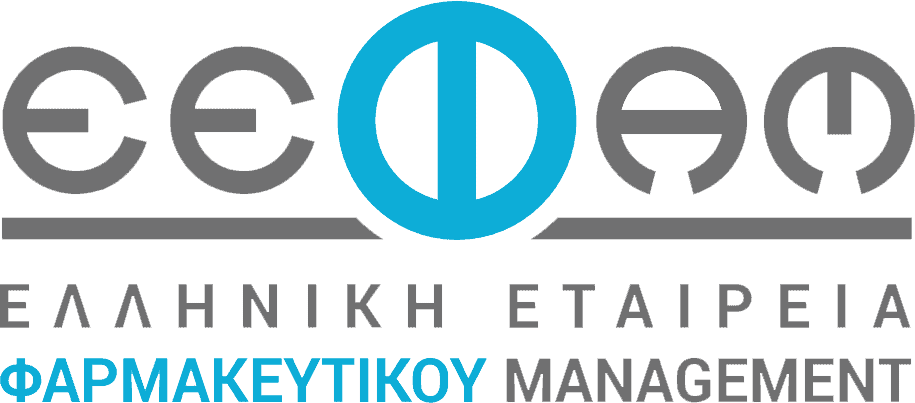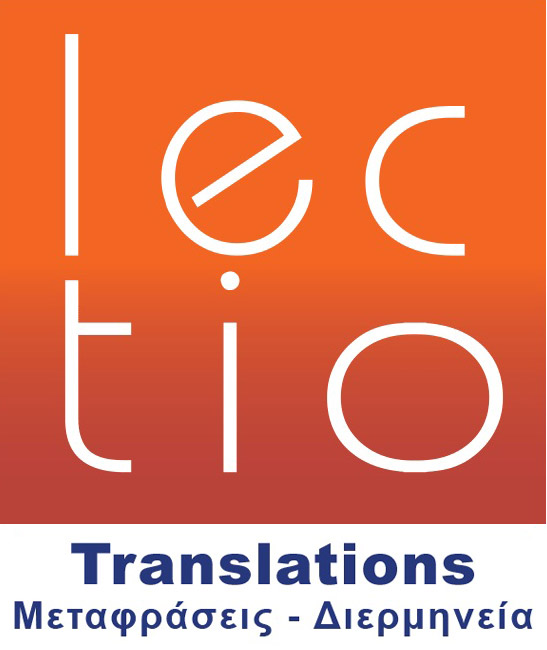Blog
Blog
AstraZeneca’s heart failure treatment recommended by NICE for expanded use

AstraZeneca’s (AZ) Forixga (dapagliflozin) has been recommended for extended use by the National Institute for Health and Care Excellence (NICE), meaning adult patients with heart failure (HF) can benefit from the treatment regardless of their left ventricular ejection fraction status (LVEF).
Forxiga, sold as Farxiga in certain markets, has previously been recommended by NICE as a treatment option for HF patients with reduced ejection fraction (HFrEF) which is equal to or less than 40%.
An estimated 920,000 people live with HF in the UK, with more than 550,000 patients having a confirmed diagnosis in England alone.
Roughly half of all HF patients have mildly reduced ejection fraction (HFmrEF) or preserved ejection fraction (HFpEF), characterised by an especially high burden of symptoms and physical limitations.
Previously, the only therapies recommended for this patient population have been for the management of symptoms and comorbidities.
The recommendation from NICE now means that patients with HFmrEF or HFpEF have access to a disease-modifying therapy for the first time.
Helen Knight, director of medicines evaluation at NICE, said: “Until now there have been no treatments available to delay or slow the progression of this type of heart failure.
“The committee heard from patient and clinical experts who described how the lack of research and available treatments in this area led to a lack of hope and support that impacts the quality of life and mental health of people with the condition.”
NICE’s final draft guidance was supported by results from AZ’s phase 3 DELIVER trial, which evaluated Forixga in HF patients with LVEF greater than 40%, with or without type 2 diabetes.
The study met its primary endpoint, with Forxiga reducing the composite outcome of cardiovascular death or worsening HF by 18%.
Tom Keith-Roach, president of AZ UK, said the recommendation represented “an important step forward” for patients with chronic heart failure.
Forxiga is already approved to treat patients with type 2 diabetes, HFrEF and chronic kidney disease in over 100 countries. The therapy has also been approved in the US, EU, Great Britain, Japan and Turkey to extend the HF indication to include patients across the full spectrum of LVEF.








